from 0 review
14 Days 13 Nights
Daily Tour
1 person
English, Spanish
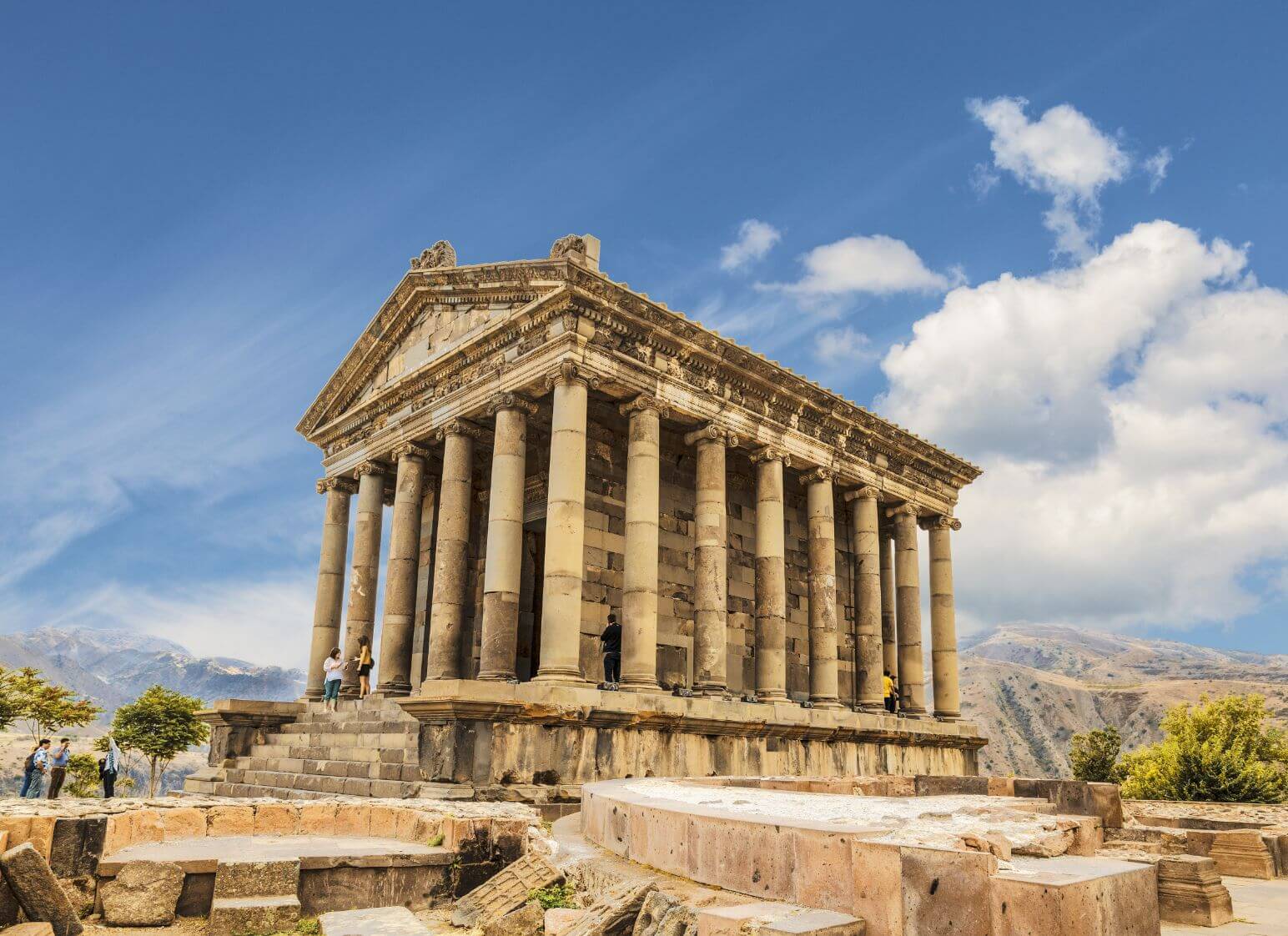
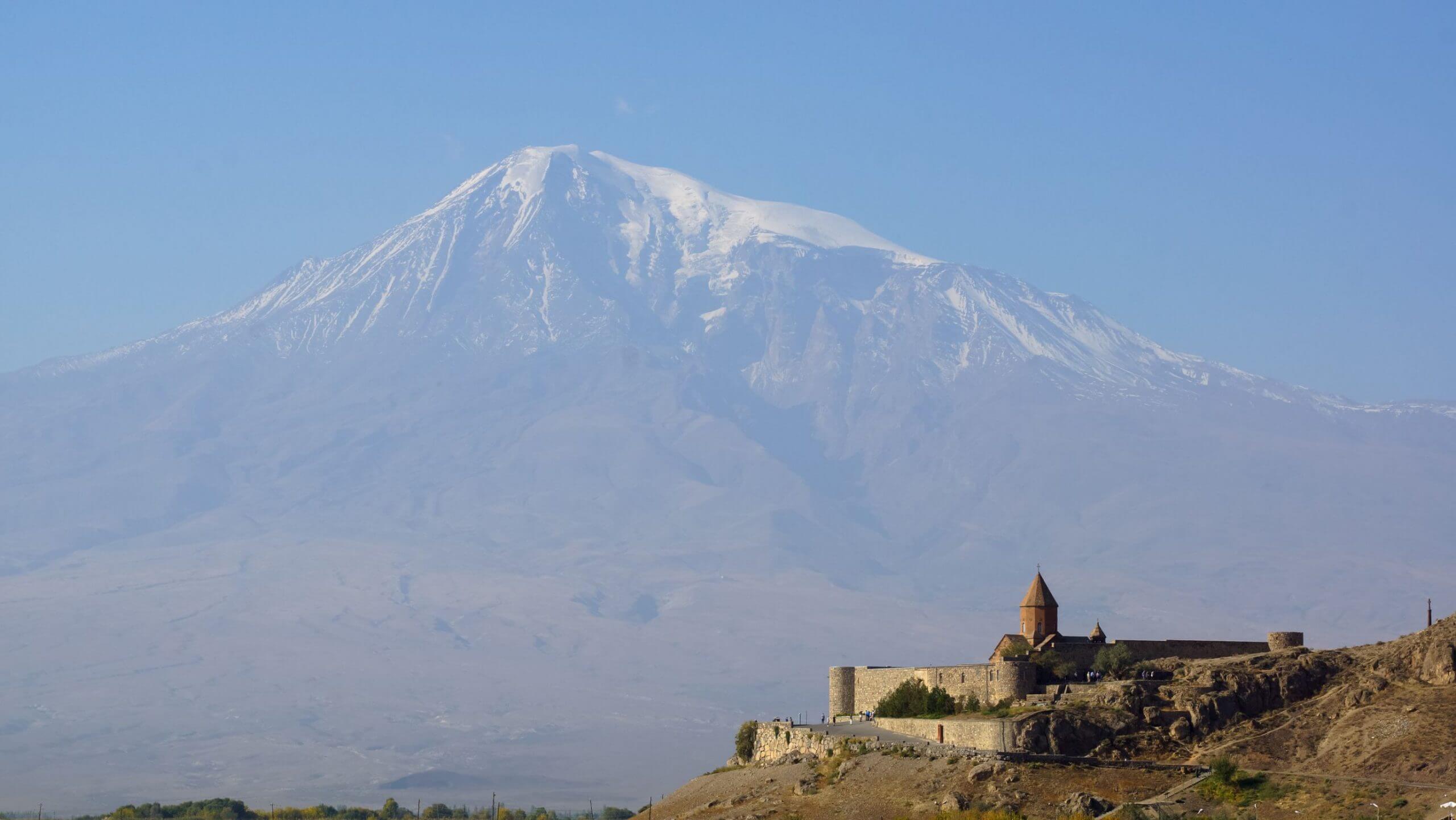
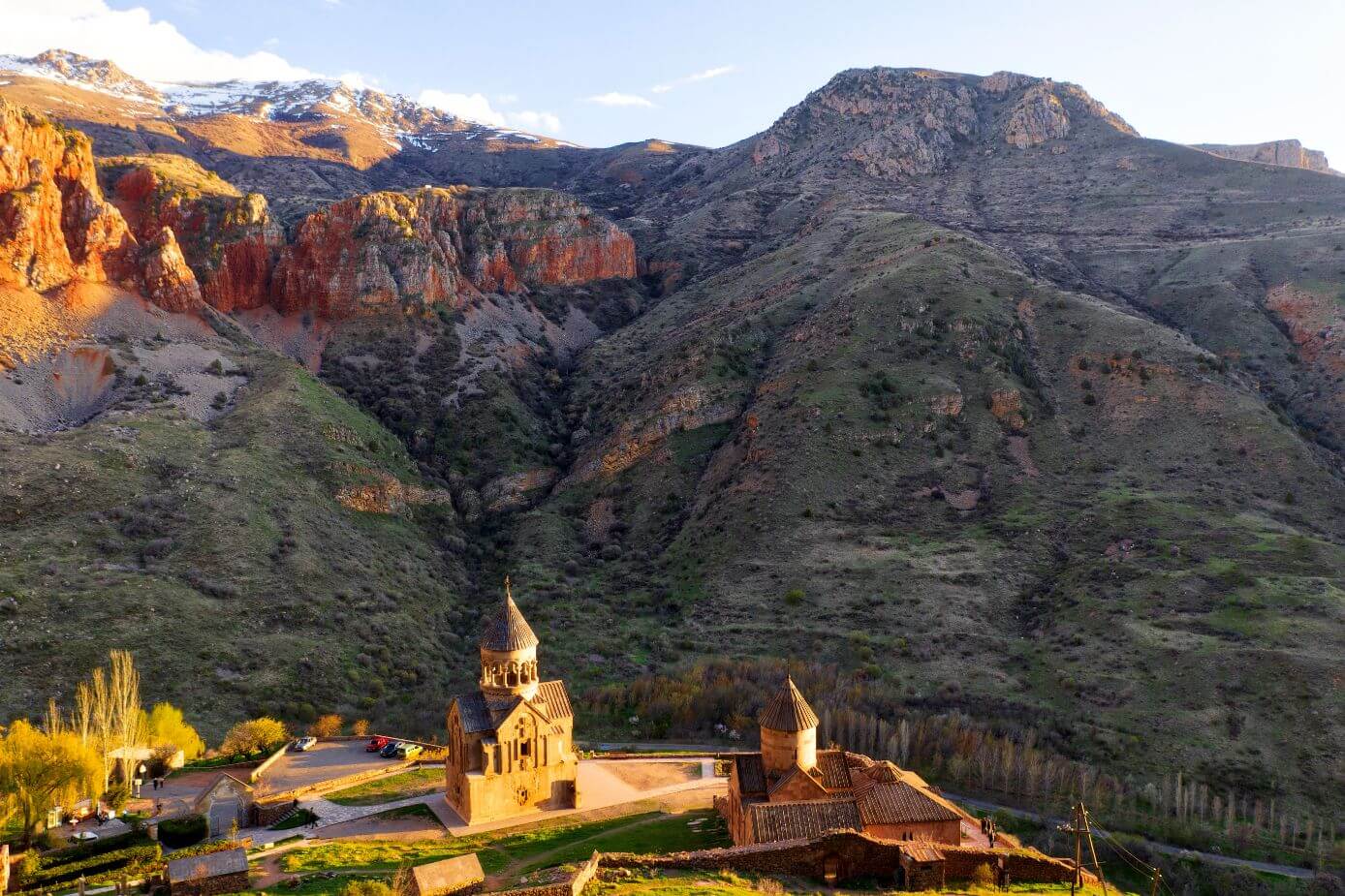
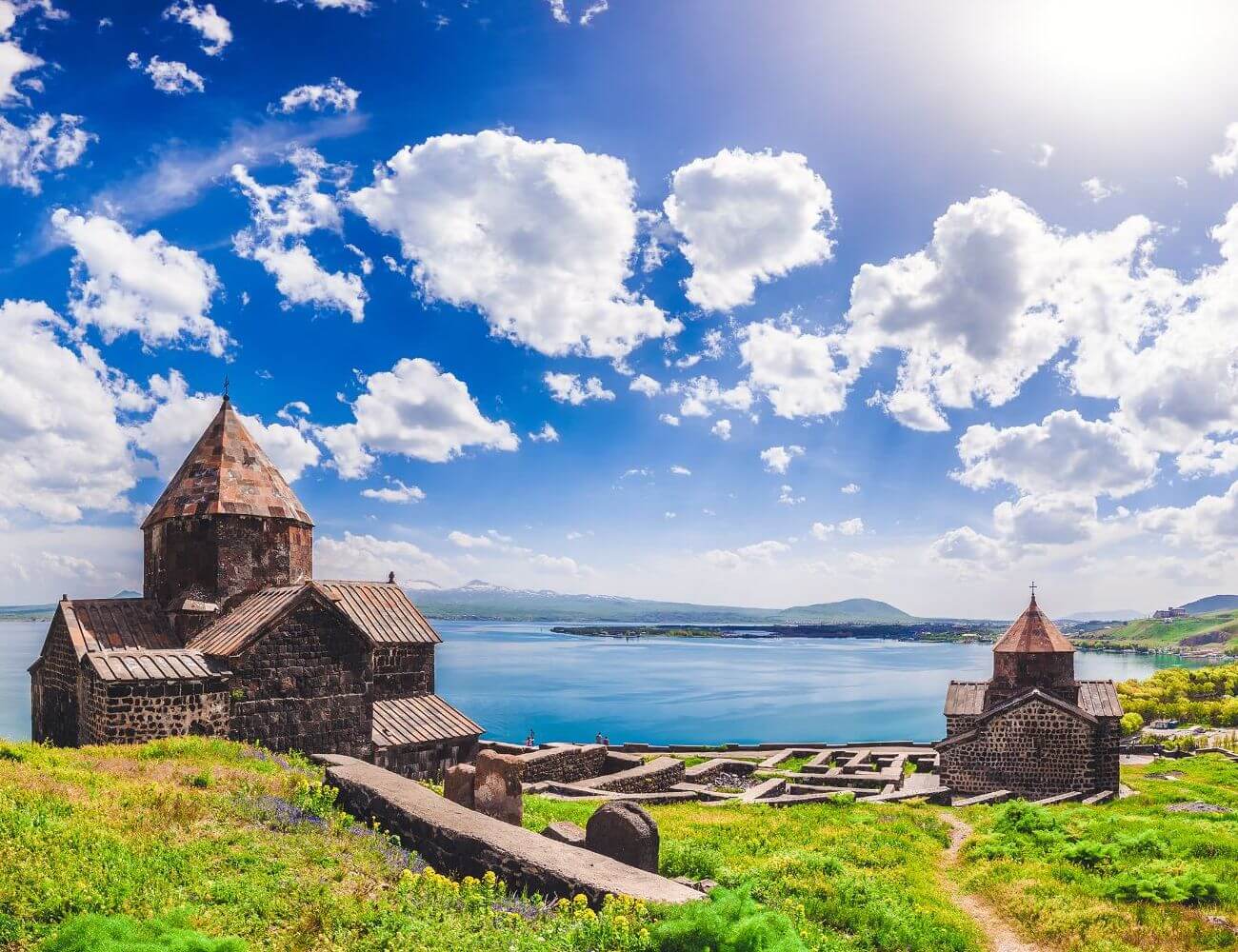
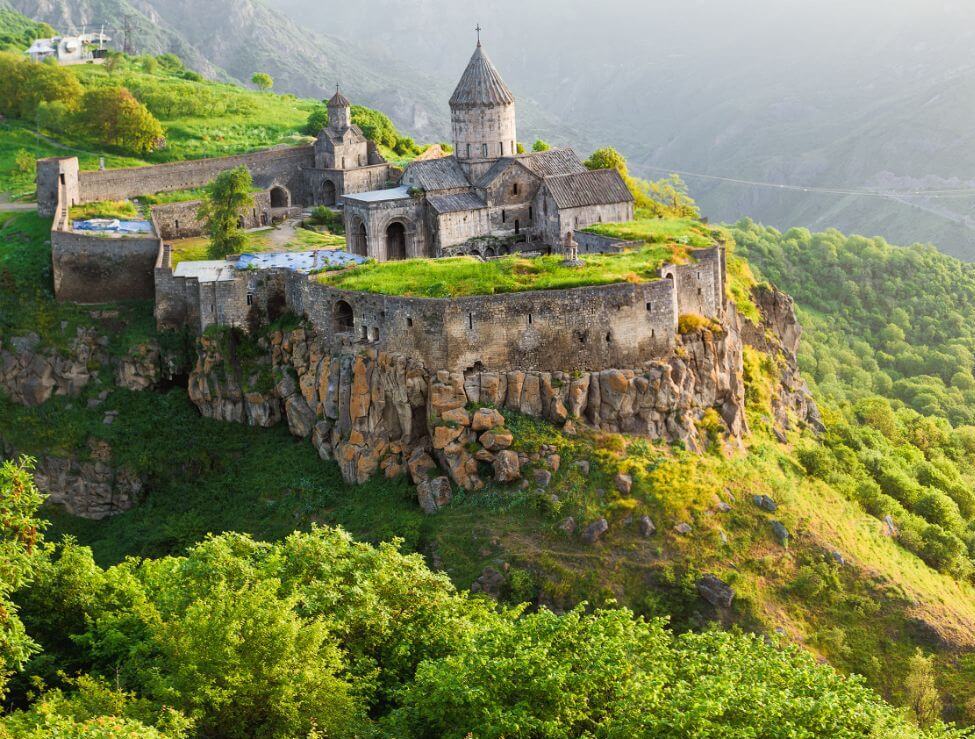
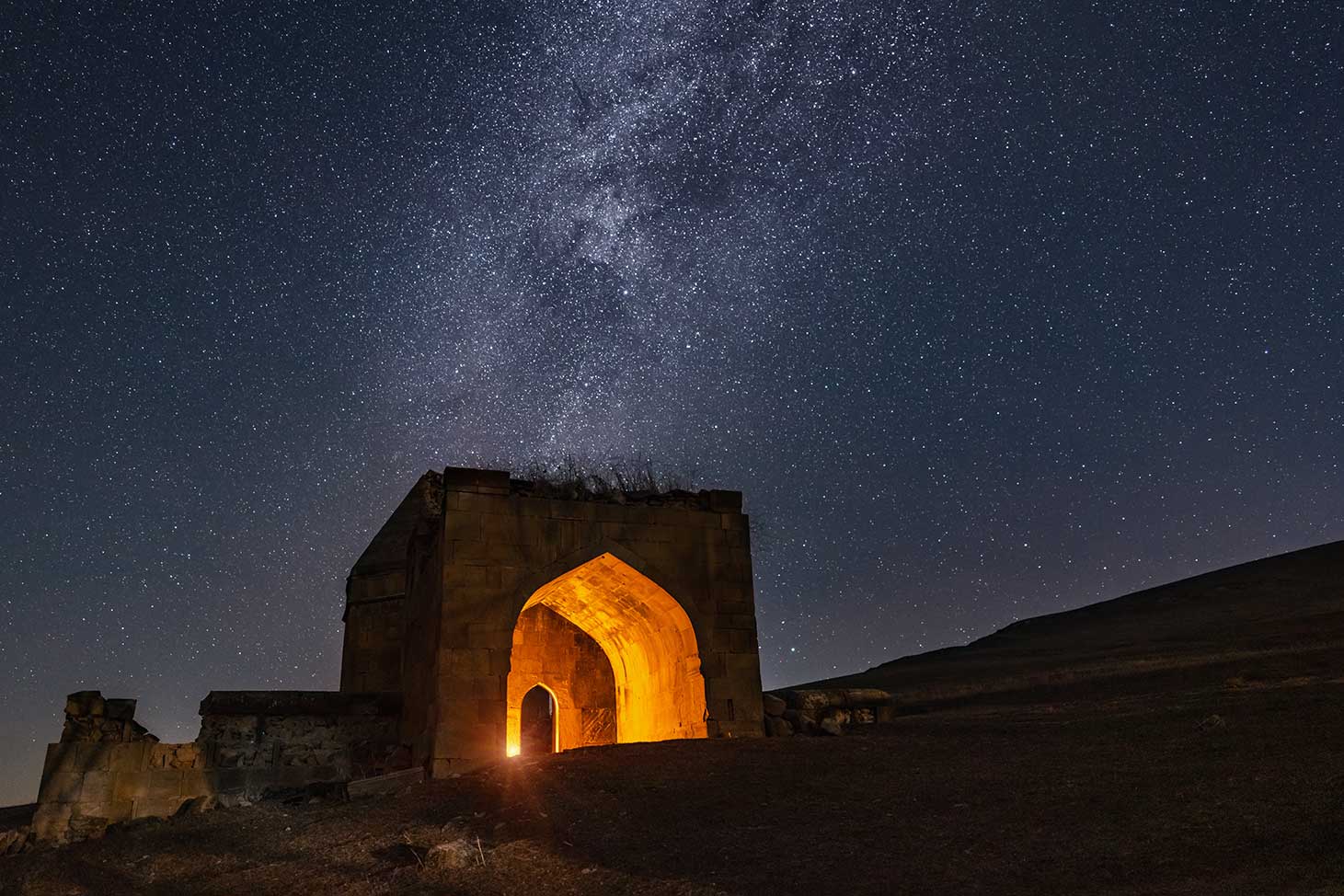
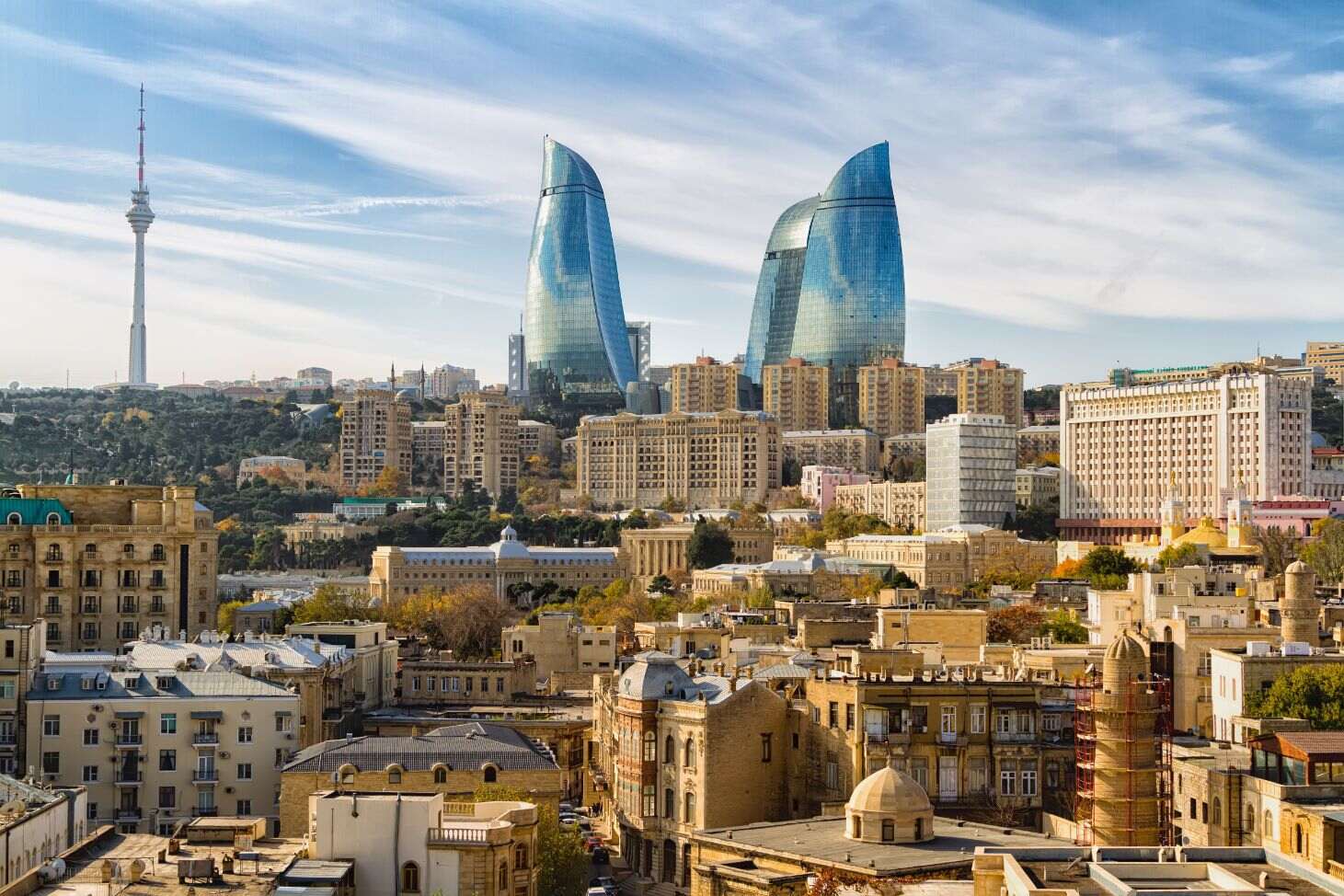
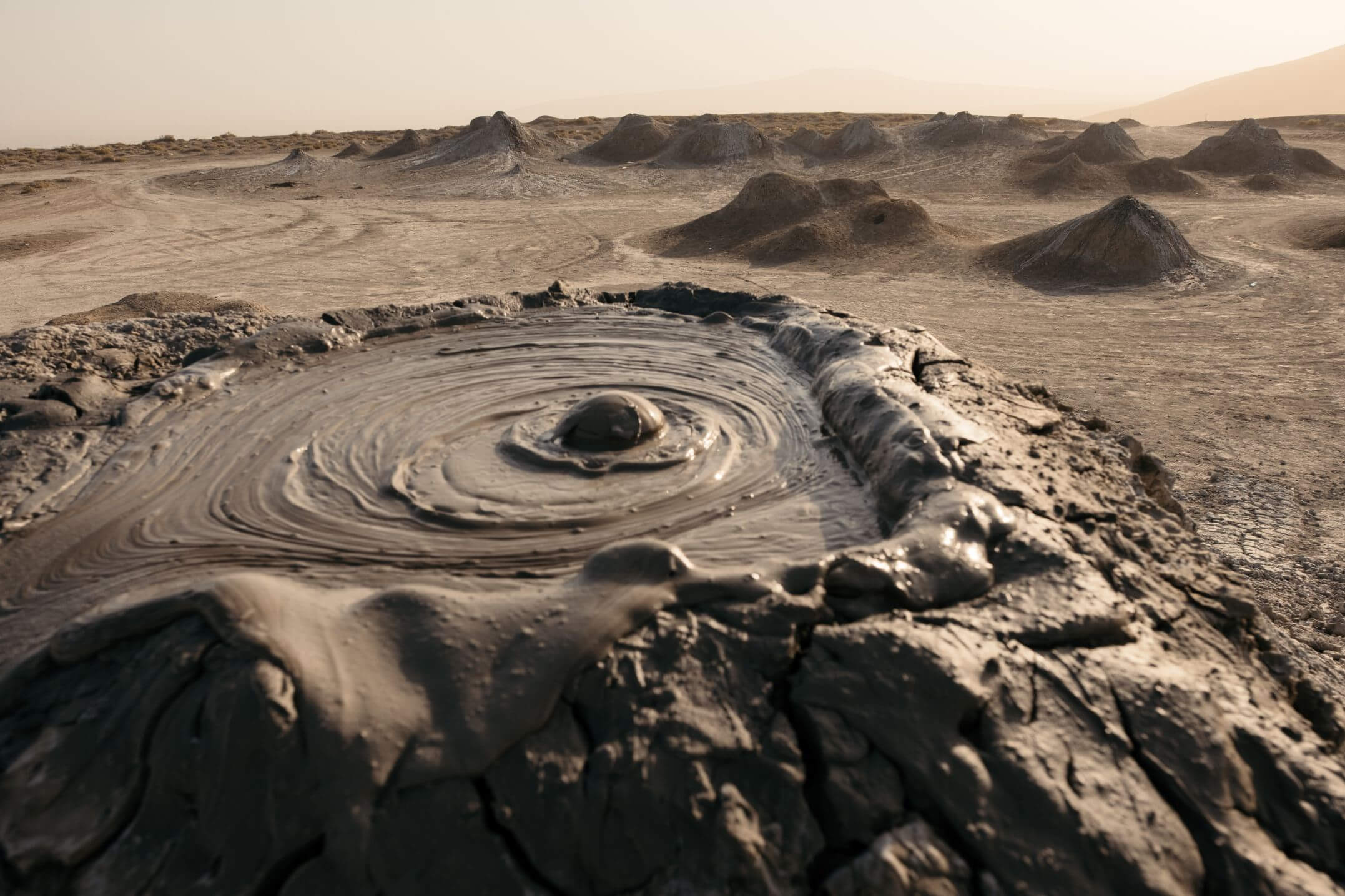
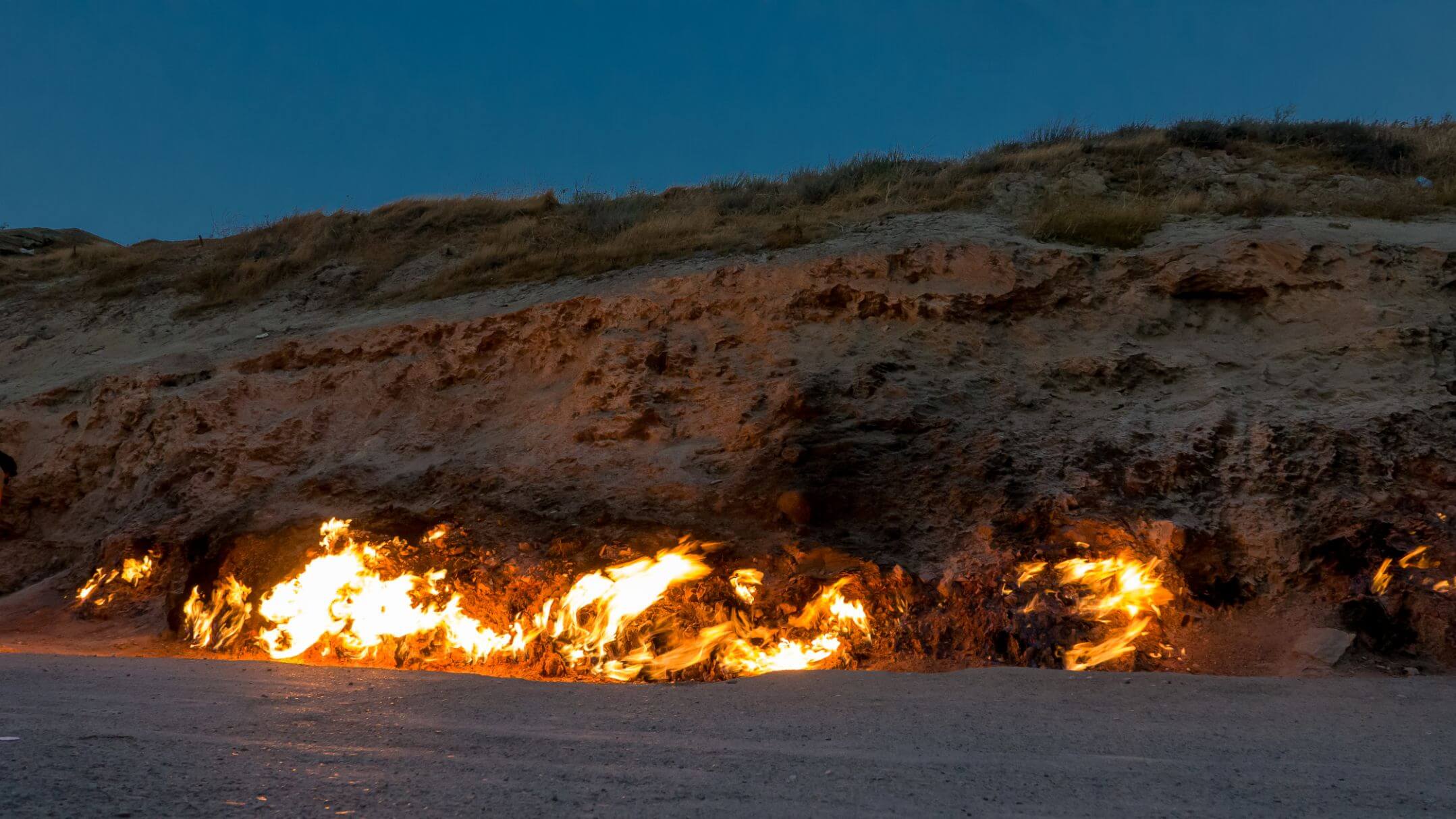
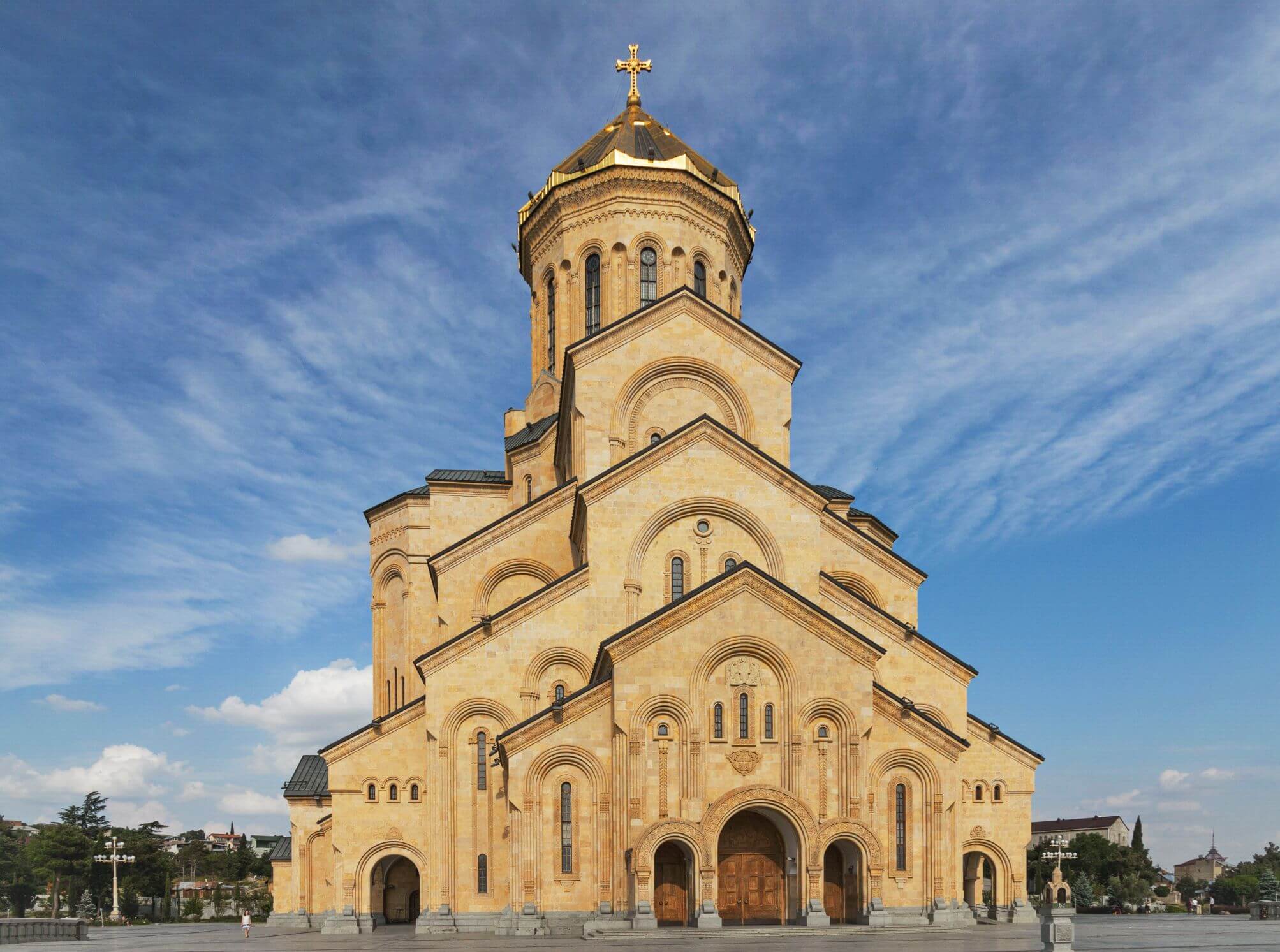
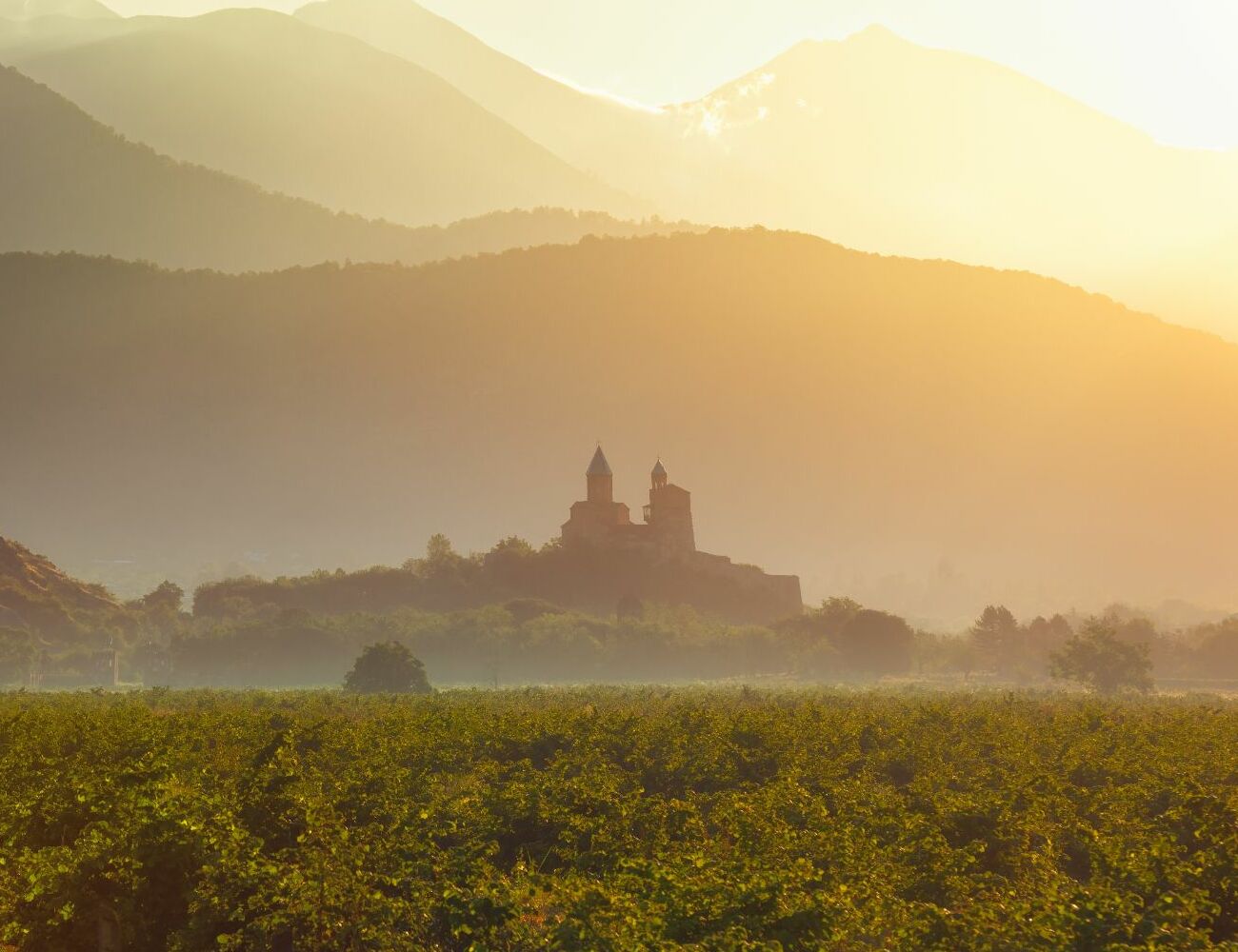
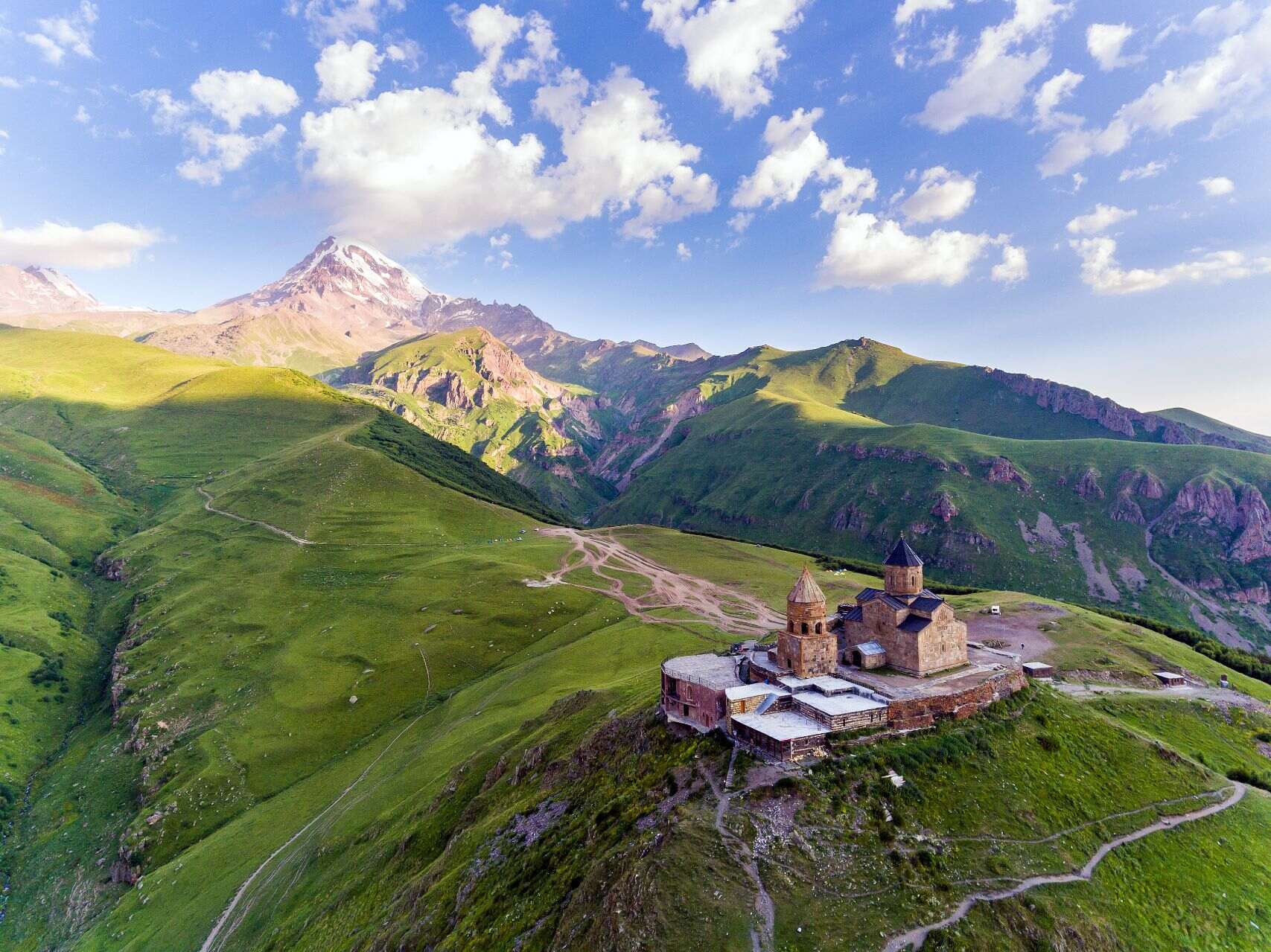
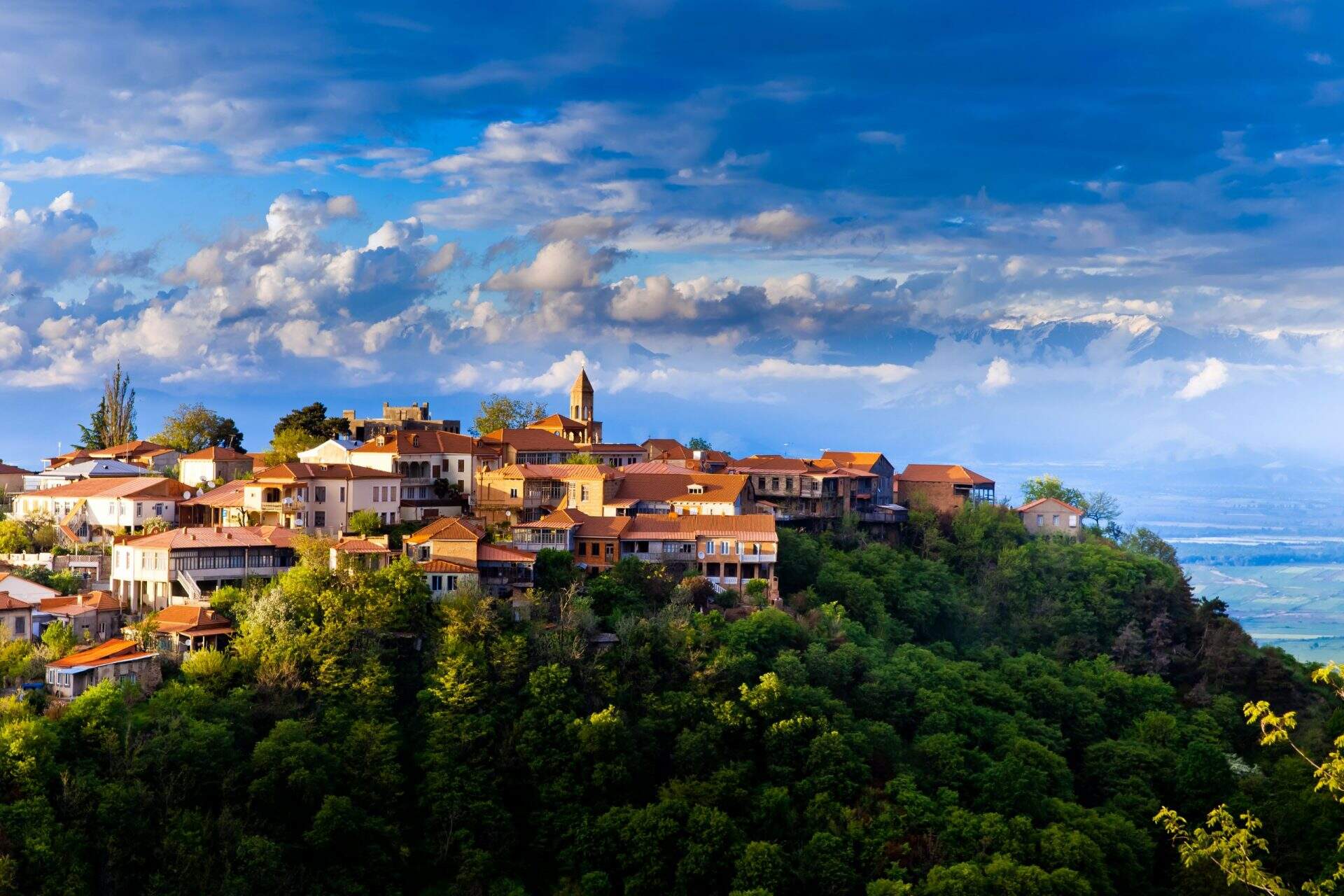
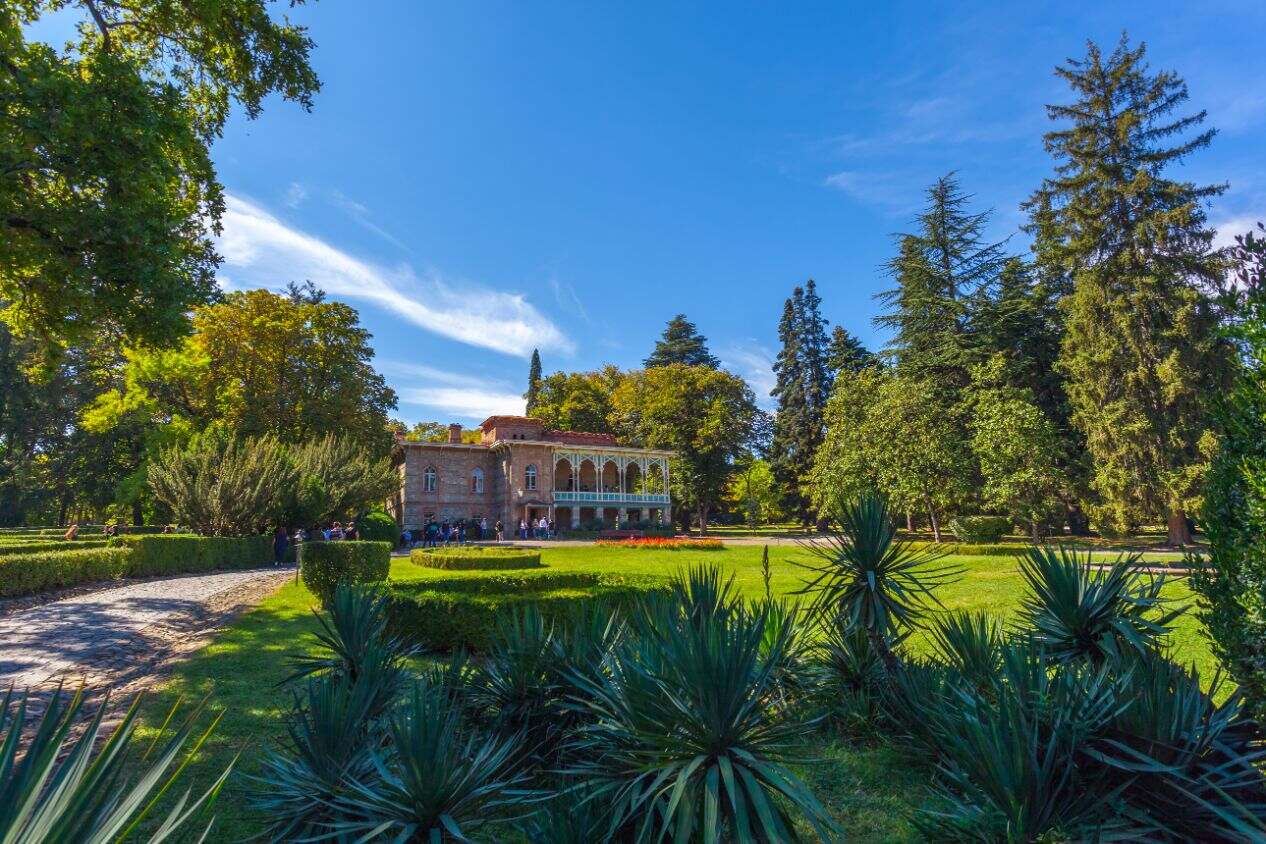
Picture a journey where every turn unveils a new wonder, where history whispers in the wind, and the majesty of nature unfolds before your eyes.
Your adventure begins in the vibrant streets of Baku. Explore Azerbaijan’s natural wonders at the Gobustan National Reserve, where mud volcanoes create a surreal spectacle.
In Georgia, prepare your palate for an unforgettable journey through the famous wine regions, sipping on exquisite local vines and enjoying views of the majestic Caucasus Mountains.
Discover the historical significance of Uplistsikhe’s cave town and visit the ancient monasteries, including UNESCO World Heritage sites.
As you travel through Armenia, be captivated by the breathtaking views surrounding ancient churches, each testament to the country’s rich spiritual heritage.
From Azerbaijan’s fiery temples to Armenia’s sacred monasteries, each day brings a new chapter in a story of discovery.
Book your spot on this one-of-a-kind 14-day Caucasus tour today and immerse yourself in a world where history, culture, and natural beauty weave together in an unforgettable tapestry.
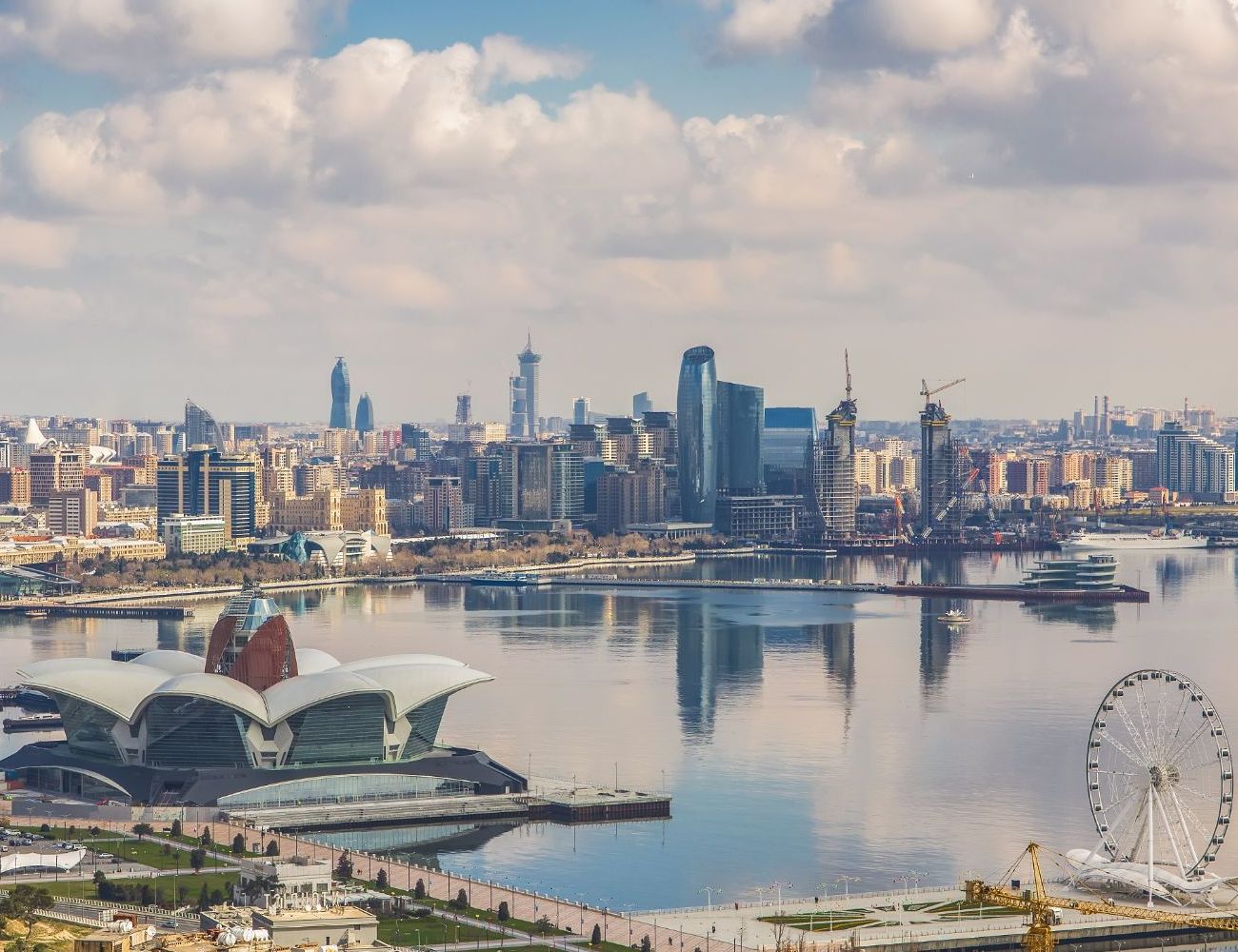
Begin your travels in the Caucasus with a warm welcome at the Baku International Airport, followed by a transfer to your hotel. Once settled, begin your tour in Baku. The first destination is Martyrs' Lane, offering a panoramic city view and the poignant Eternal Flame Memorial. Continue to the historic heart of Baku, the old city (also called Icheri Sheher). Here, you'll be captivated by the ancient charm of Shirvanshahs Palace and Maiden Tower, with other historical sites such as the Juma Mosque, the Double Gates, Bazar Square, and Caravan Saray. After lunch, the tour takes a modern turn with a visit to the Heydar Aliyev Center, which demonstrates Azerbaijan's contemporary architectural prowess. As the evening approaches, take a stroll along the picturesque Baku Boulevard, which is ideal for relaxing and visiting the National Azeri Carpet Museum. With this, your tour in Baku is complete, and you will return to your hotel.

Start your day with a journey into the heart of 'The Land of Fire.' First, you will explore the Ateshgah Temple (17th-18th centuries), a historical site for fire-worshippers nestled in Surakhani village. This is followed by a visit to the extraordinary burning mountain of Yanardag, a centuries-old natural phenomenon.
The day's adventure leads you to the Gobustan National Reserve, famous for its outdoor Petroglyph Museum, where you will explore the intriguing cave drawings. The final visit of the day is to the extraordinary mud volcanoes of Gobustan, a unique natural phenomenon for which Azerbaijan is renowned. Azerbaijan is home to more than a half of the world's mud volcanoes (around 300). In the evening, you will be comfortably returned to your hotel in Baku.
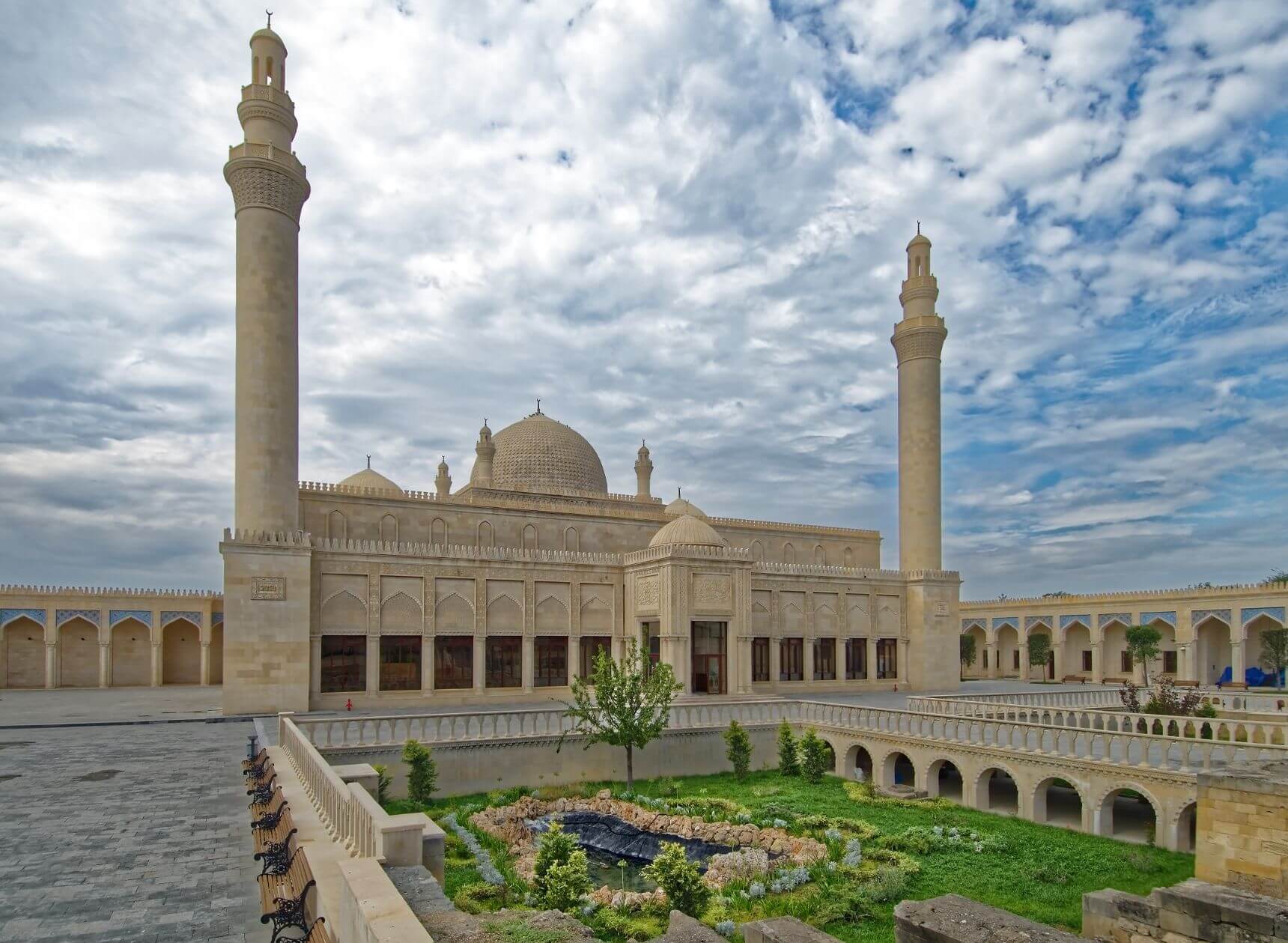
Your travels in the Caucasus continue with a departure to Shamakhi. On the way, visit the Diri Baba Mausoleum in the Maraza settlement. The mausoleum carved into the rock was built in 1402. It is an excellent example of Shirvan architecture. Next, visit Shamakhi Juma Mosque, one of Azerbaijan's most ancient mosques, built in the seventh century. Continue to the Yeddi Gumbaz Mausoleum (Seven Domes), a tomb for Shamakhi Khanate royal family members built in the 17th and 18th centuries. Drive to Lahich (Lahij), an ancient village founded in the third and fourth centuries B.C, situated 1375 meters above sea level and mainly known for its craftsmanship. Throughout the walking tour, you will see numerous workshops selling handmade souvenirs, carpets, and other local products. Continue driving to Sheki, an ancient historical town located 300 kilometers northwest of Baku in a mountainous region. On the way, stop by the ancient Albanian church in the Kish settlement. Arrive in Sheki and spend the night at the hotel.
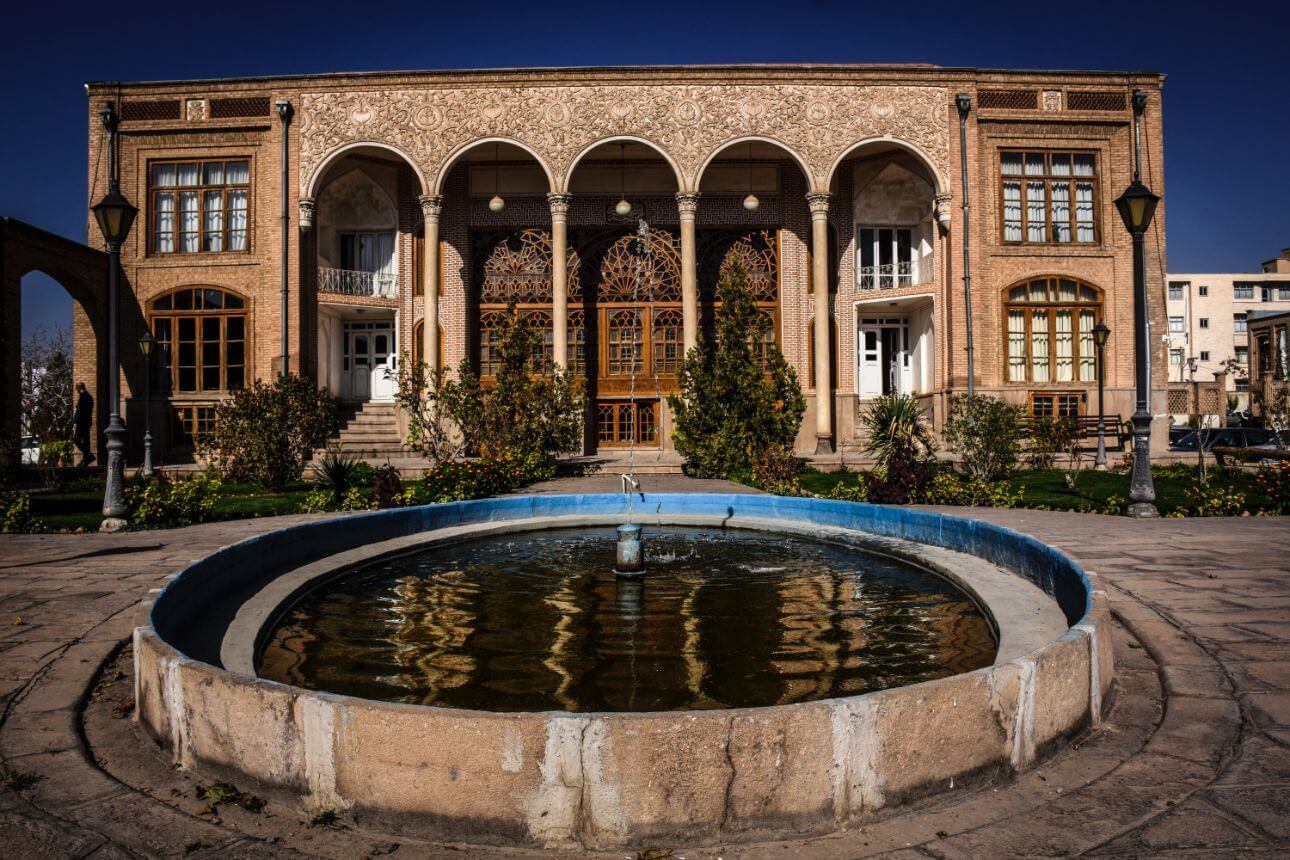
Start your morning with a city tour of Sheki. Visit Sheki Khan's Palace, built in the 18th century as Hussein-khan Mushtad's summer residence. Enjoy the magnificent wall paintings and continue to Sheki Karavansaray and Sheki Bazaar. Head to the Azerbaijan-Georgia border. Cross the border to meet your Georgian guide and drive. Your adventure tour in Georgia starts with the Kakheti Region, known as the birthplace of wine. The first stop is Khareba Winery, a unique wine cellar/tunnel carved deep into the Caucasus Mountains. Enjoy a wine tour and tasting. Continue to the Gremi fortress, constructed between the 15th and 16th centuries. The fortress now houses a church, a 15th-century tower palace, and a museum. Drive to Telavi, the largest town of Kakheti. Transfer to your hotel.
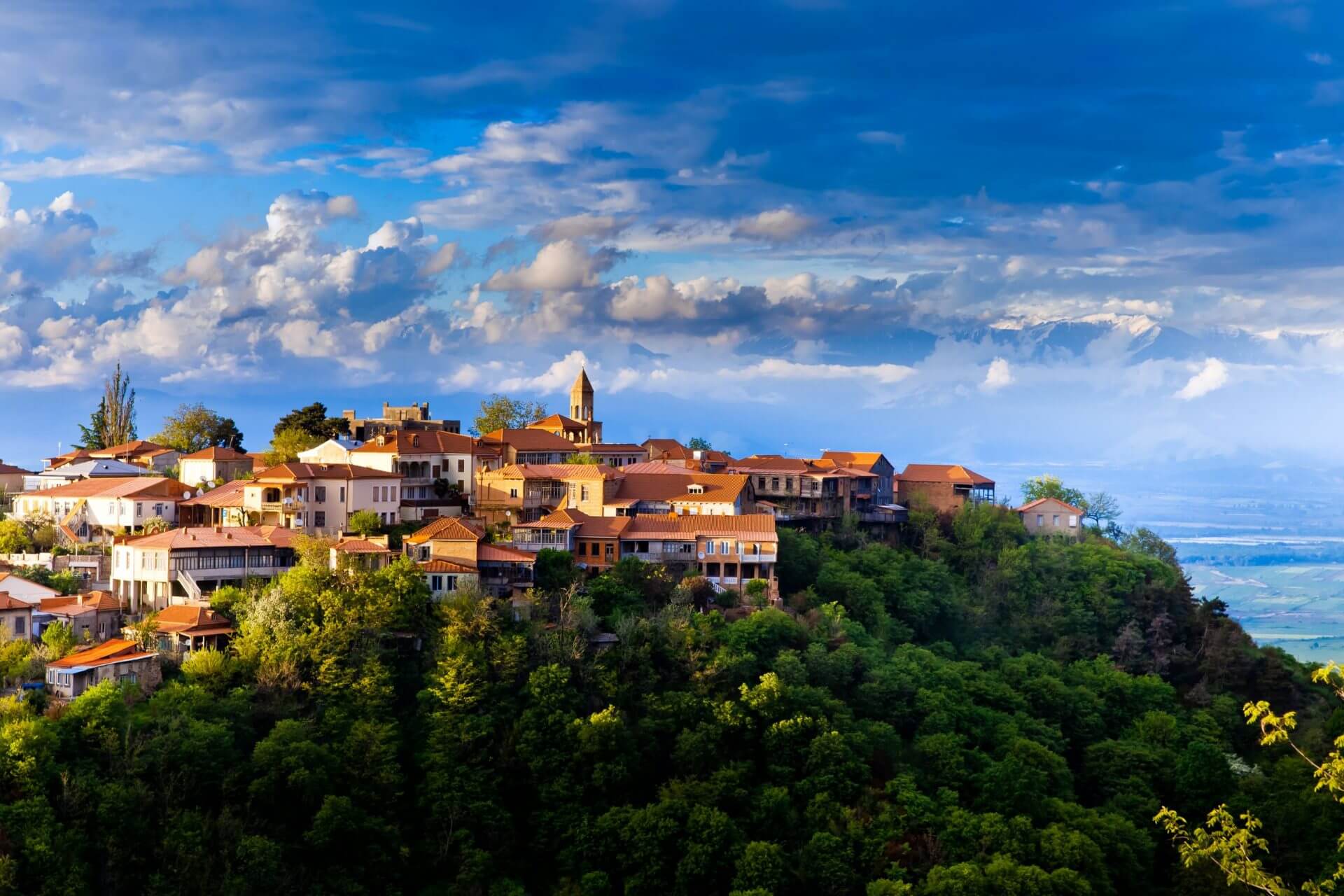
In the morning, take a brief tour of Telavi. Visit Batonis Tsikhe, a royal complex for Kakhetian Kings. Next, stop by the Giant Plane Tree, a one-of-a-kind symbol of the city's heritage. Continue to Tsinandali. Visit the house-museum of Alexander Chavchavadze, a well-known public figure and poet from the nineteenth century. Explore the stunning English Garden and the wine cellar, which houses a unique collection of Georgian and European wines. You will be greeted with a glass of Tsinandali white wine. Drive to the Bodbe monastery, a nunnery from the 9th century. The final stop for the day is the famous city of love, Sighnaghi, nestled on a hilltop with a panoramic view of the Alazani Valley. To enjoy the views, climb and walk along the defensive wall with towers that still stand around the town. Drive to Tbilisi overnight.
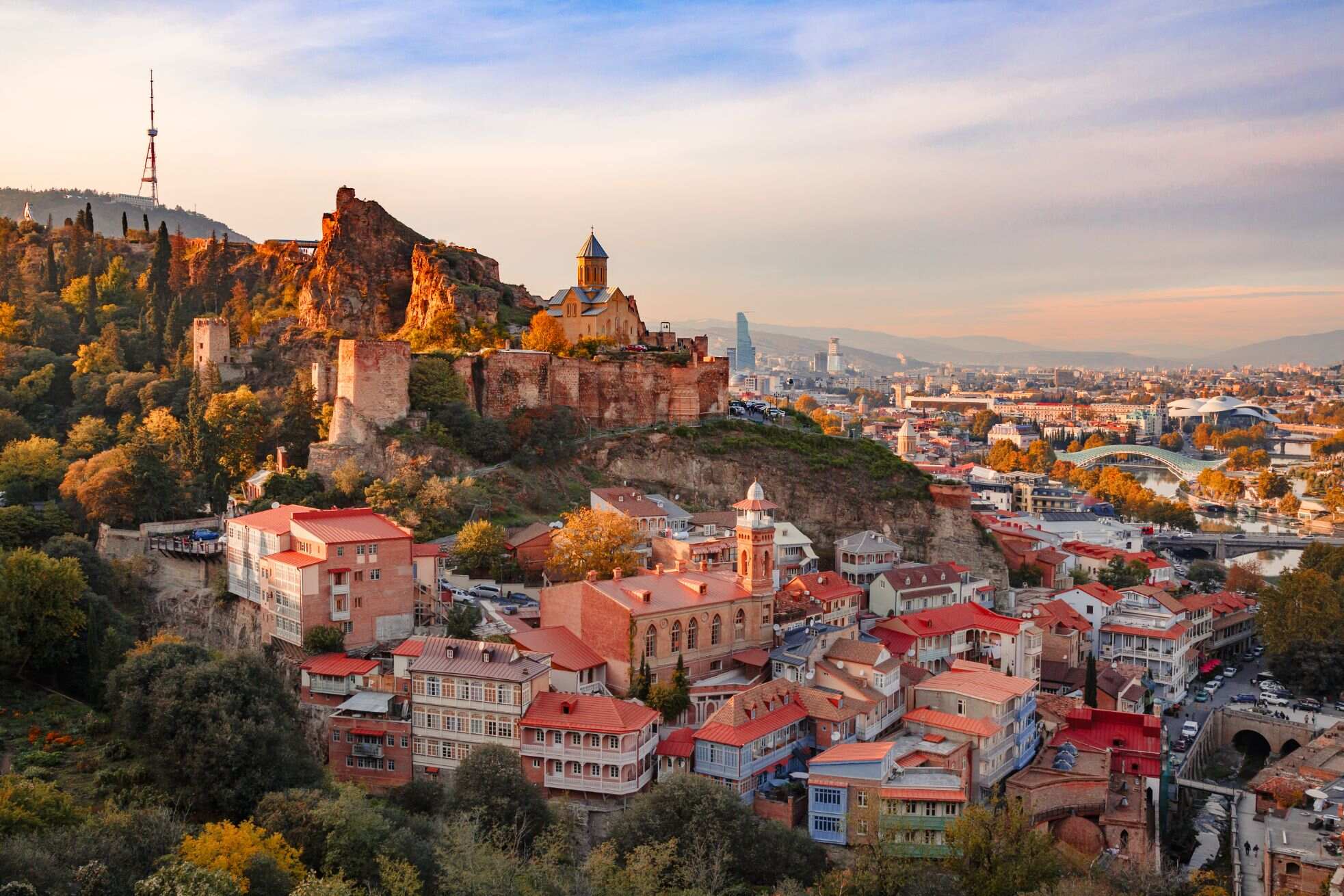
The Tbilisi sightseeing tour starts at Tbilisi's Holy Trinity Cathedral, Georgia's tallest church, built between 1993 and 2004. It is also one of the largest religious structures in the world. The magnificent golden dome can be seen from anywhere in Tbilisi. Continue to the old city and visit Metekhi Church, standing on a cliff overlooking the Mtkvari River. The first church was built in the 5th and 6th centuries, but the current structure dates back to the 13th. Take the cable car to the Narikala fortress, built for defense in the 4th century. Take in the breathtaking views of Tbilisi before strolling down to Meidan Square. Visit Sulfur bath houses in Abanotubani and walk down the Legvtakhevi Canyon to discover a lovely waterfall of Old Tbilisi. Carry on to the famous Shardeni Street. Visit Sioni Cathedral, one of Georgia's most famous landmarks, which dates back to the 6th century and houses a true cross of St. Nino. Head up to Freedom Square, passing by the Bridge of Peace, Anchiskhati Basilica, and Rezo Gabriadze Theatre's famous clock tower. Return to your hotel for a brief rest before heading to the local restaurant for a traditional Georgian feast and folklore performance.
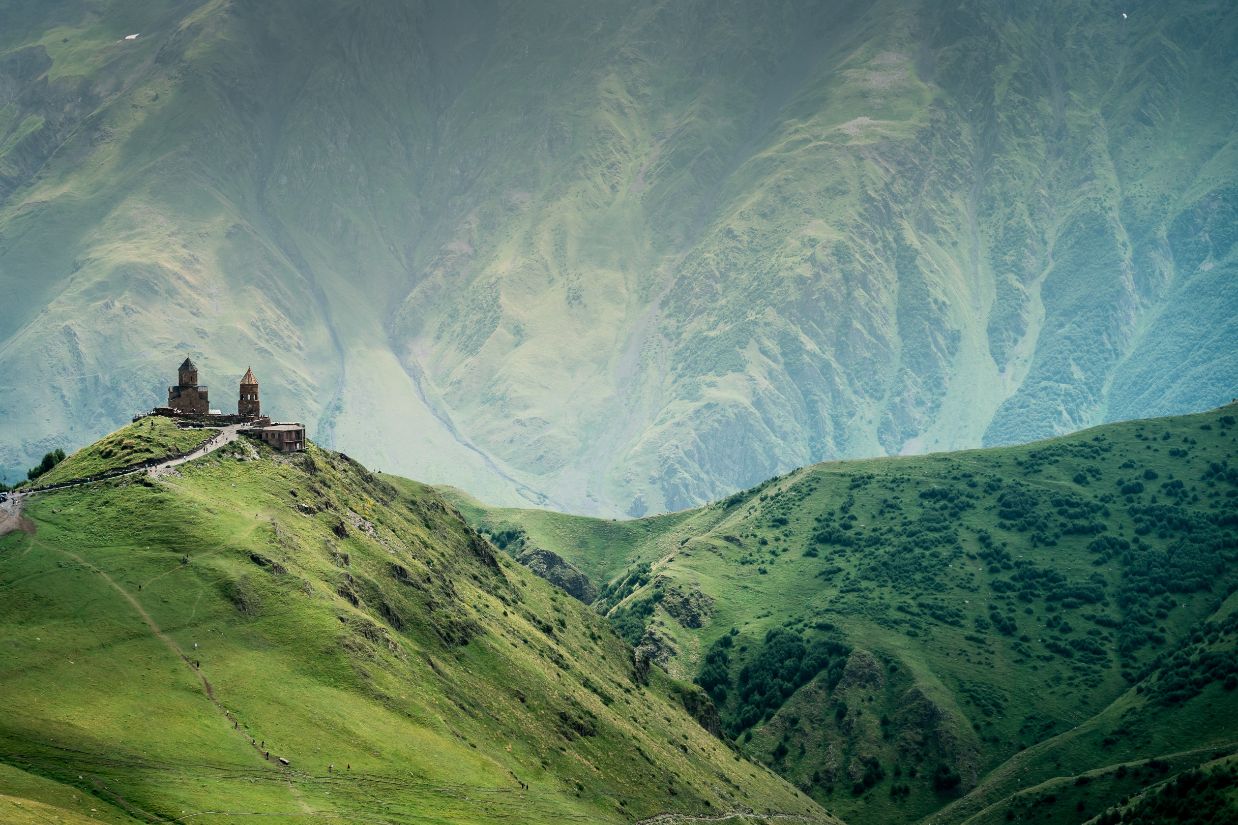
In the morning, head to Kazbegi. Along the way, visit the Jvari monastery, a UNESCO World Heritage Site built in the sixth century on a hill overlooking the scenic confluence of the Aragvi and Mtkvari rivers. Move on to Ananuri Fortress. The magnificent complex includes two churches with ornately decorated facades, several towers, and defense walls. With the Zhinvali reservoir in the background, structures form a breathtaking panorama. Proceed to Kazbegi via the Georgian Military Highway. Make photo stops at the Gudauri View Point (also known as the Friendship Monument) and the Jvari Overpass Travertine Natural Monument. Reach Stepantsminda. Hike or drive to Gergeti Holy Trinity Church to enjoy the breathtaking views of Mount Kazbek (5033 meters). Overnight at the hotel in Kazbegi.
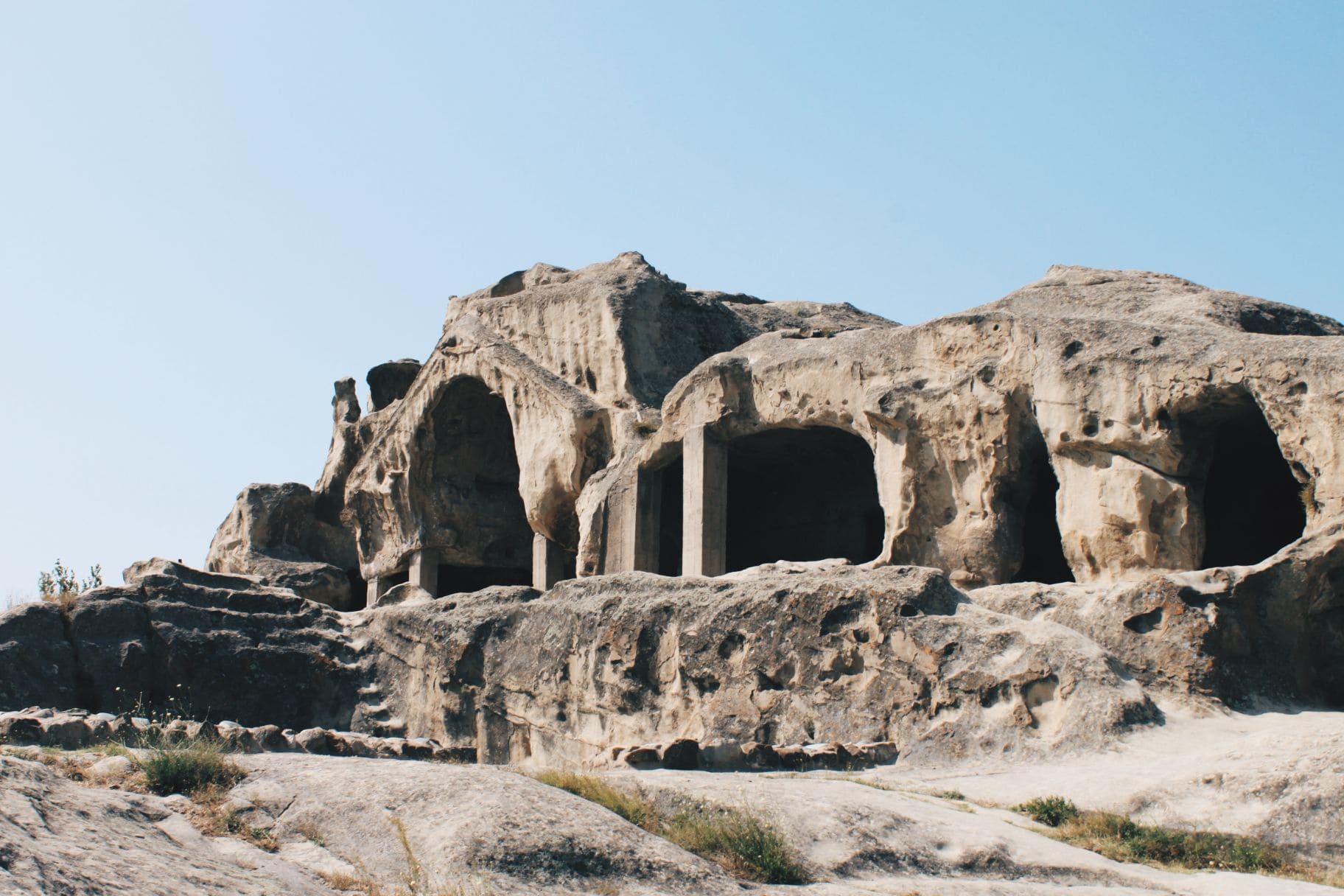
In the morning, drive to Gori, Joseph Stalin's birthplace. Visit Stalin's house museum and take a photo at Gori Fortress. You will see Stalin's childhood home, a defense pavilion, Stalin's armored train carriage, and a museum. Our final stop for the day is Uplistsikhe cave town from the first and second millennia B.C; Uplistsikhe was a major political, religious, and cultural center during the Hellenistic and Late Antique periods, as well as an important trade center on a route connecting Asia and Europe. The complex includes several significant cave structures, including the "Theatre," a temple from the first or second centuries AD, the pre-Christian Temple of Makvliani, the large hall known as the Hall of Queen Tamar, Uplistsuli Church, the triple-church basilica on top of the hill, and a long tunnel leading down to the Mtkvari River. This marks the end of our adventure tour in Georgia, and we will drive back to Tbilisi.

Today we will travel in Armenia. In the morning, leave Tbilisi and drive to the Georgia-Armenia border. After crossing the border, you will be met by our Armenian guide and driver.
Begin your exploration of Armenia by visiting the UNESCO World Heritage Sites of Haghpat and Sanahin monasteries in the Lori region. The two monasteries, built between the 10th and 13th centuries, are the pinnacle of Armenian religious architecture.
Drive to Lake Sevan, also known as the "Pearl of Armenia," passing through lush green fields brimming with vibrant flowers and the charming town of Dilijan. Lake Sevan, located 1900 meters above sea level, is one of the world's largest freshwater lakes.
Visit the Sevanavank monastery complex, situated on a peninsula on Lake Sevan's northwestern shore. Experience breathtaking panoramic views from the complex. Conclude your day with a drive to Yerevan.
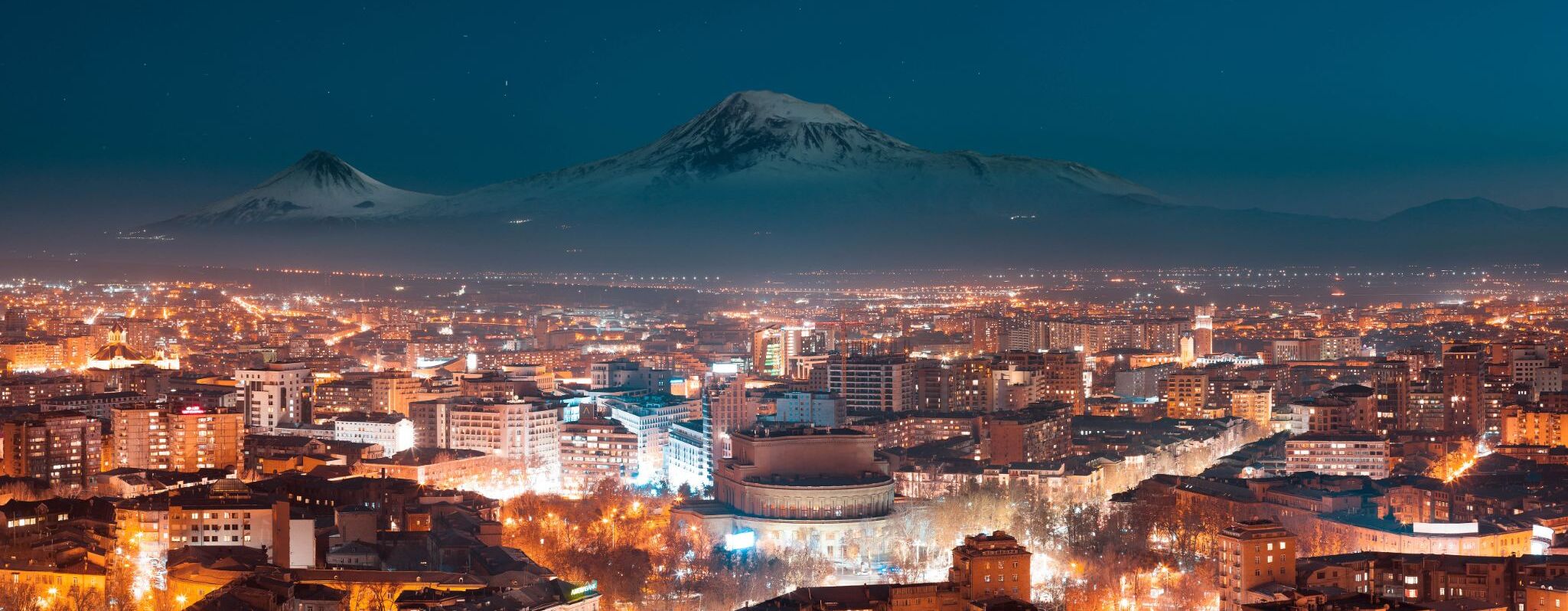
Begin your Yerevan sightseeing tour at the city's iconic Cascade monument, an impressive limestone structure that provides a panoramic view of Yerevan and Mount Ararat. Wander through the city's charming pink-hued streets, visiting Swan Lake, the grandeur of Republic Square, the artistic haven of the Opera and Ballet Theater, and Northern Avenue.
Visit the Matenadaran Institute of Ancient Manuscripts, which houses over 17,000 valuable ancient and medieval manuscripts, demonstrating Armenia's rich scholarly heritage. Finish your day with a reflective visit to the Armenian Genocide Memorial Complex, located atop Tsitsernakaberd Hill.
*Optional: Visit the Megeryan Carpet Factory or Yerevan Brandy Company.

Set out in the morning for Geghard Monastery, a UNESCO World Heritage Site. This sanctuary, surrounded by imposing cliffs, houses churches and tombs, many of which are etched into the rock itself, symbolizing Armenia's early Christian legacy. Proceed to the Garni Temple, Armenia's sole relic of pagan worship, dedicated in antiquity to Mitra, the Sun God, and now symbolizing Armenia's pre-Christian past.
Your journey continues to another UNESCO site, the Cathedral and Churches of Echmiatsin (Echmiadzin), the spiritual center of the Armenian community. This monumental site, founded in the sixth century, is among the world's oldest Christian churches.
On the way back to Yerevan, see the ruins of the 7th-century Zvartnots temple, which was tragically destroyed by an earthquake in the 10th century. Overnight at the hotel.

Travel early to the revered Khor Virap Monastery, known for its breathtaking views of Mount Ararat. The monastery's name, which translates to 'deep dungeon,' has historical significance because it was the location of St. Gregory the Illuminator's imprisonment.
Drive through a narrow canyon to reach the Areni cave, an archaeological marvel that houses some of Armenia's oldest artifacts. Nearby, the Areni winery provides an opportunity to sample local viticulture.
Continue to the Tatev Monastery, once a bastion of Armenian education and spirituality. This 9th-century monastery, perched atop a lofty plateau in the Vorotan River Canyon, is accessible via the world's longest cable car, a record-holder in the Guinness Book of Records. The monastery, set among stunning mountains and lush forests, creates an incredible setting. Finish the day with a drive to Goris for an overnight stay.

Depart Goris in the morning and head to Yerevan. En route, stop at the Noravank Monastery, a 13th-century architectural marvel nestled among picturesque hills and striking brick-red cliffs. A must-see attraction when traveling in Armenia. This monastery is famous for its Surb Astvatsatsin (Holy Mother of God) church, an early example of cantilever architecture, and can be accessed via a narrow stone staircase leading to the second level. Return to your hotel in Yerevan for a relaxing evening.
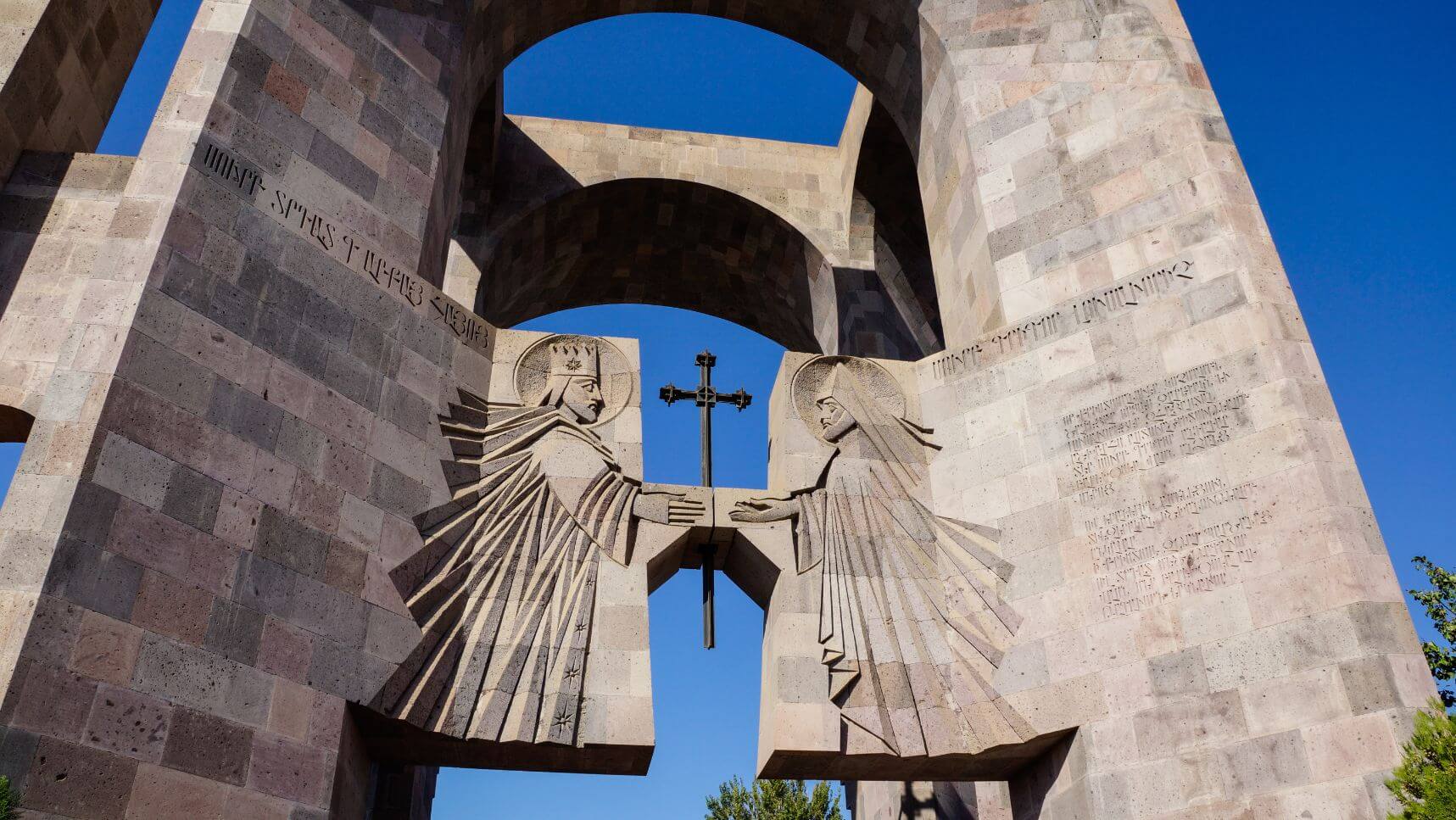
Conclude your travels in the Caucasus with a transfer to the Yerevan International Airport, carrying memories of a land where history is etched into every stone and vista.
Please fill out the Inquiry form on the right side of each tour page with your preferred dates, number of passengers, or any additional information, and our operator will contact you shortly.
We are very flexible in accepting payments. Our tour operator will help you choose the payment method that suits you most.